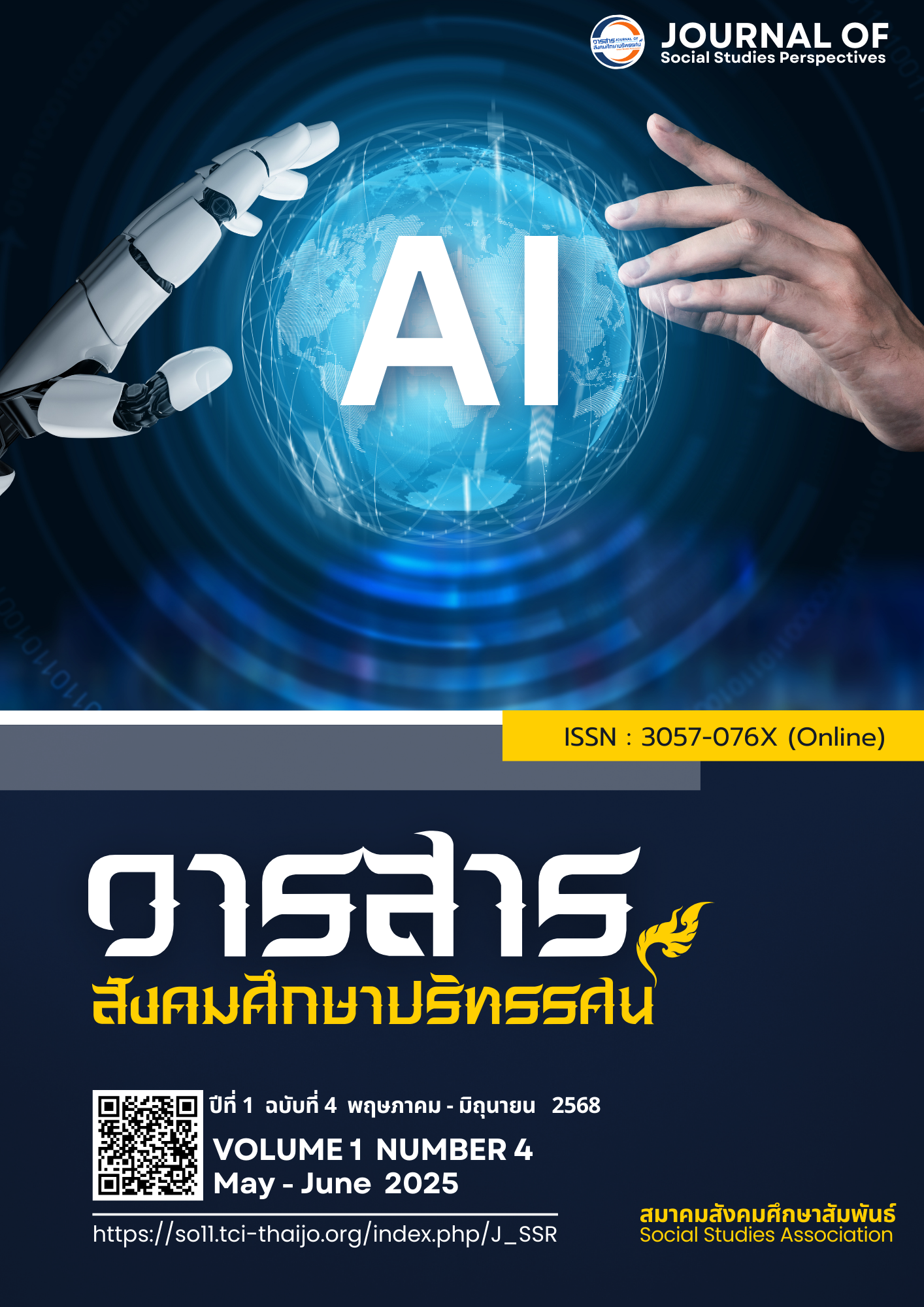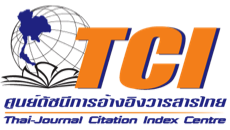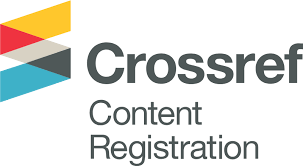การพัฒนารูปแบบการจัดการเรียนรู้ตามแนวคิดสุนทรียสนทนาเพื่อส่งเสริมความสามารถ ในการขับร้องของนักเรียนชั้นมัธยมศึกษาปีที่ 3 โรงเรียนสารสาสน์วิเทศนครปฐม จ.นครปฐม
DOI:
https://doi.org/10.64186/jsp1483คำสำคัญ:
การพัฒนารูปแบบการจัดการเรียนรู้ , สุนทรียสนทนา , ความสามารถในการขับร้องบทคัดย่อ
บทความวิจัยนี้มีวัตถุประสงค์เพื่อ 1) เพื่อพัฒนารูปแบบการจัดการเรียนรู้ตามแนวคิดสุนทรียสนทนาเพื่อส่งเสริมความสามารถในการขับร้องของนักเรียนชั้นมัธยมศึกษาปีที่ 3 โรงเรียนสารสาสน์วิเทศนครปฐม จ.นครปฐม และ 2) เพื่อประเมินประสิทธิผลของรูปแบบการจัดการเรียนรู้ตามแนวคิดสุนทรียสนทนาเพื่อส่งเสริมความสามารถในการขับร้องของนักเรียนชั้นมัธยมศึกษาปีที่ 3 โรงเรียนสารสาสน์วิเทศนครปฐม กลุ่มตัวอย่างที่ใช้ในการวิจัย คือ นักเรียนชั้นมัธยมศึกษาปีที่ 3 โรงเรียนสารสาน์วิเทศนครปฐม สังกัดสำนักงานคณะกรรมการส่งเสริมการศึกษาเอกชน ที่กำลังศึกษาภาคเรียนที่ 1 ปีการศึกษา 2566 จำนวน 1 ห้องเรียน รวมทั้งสิ้น 15 คน เครื่องมือที่ใช้ในการวิจัยประกอบด้วย รูปแบบการจัดการเรียนรู้ตามแนวคิดสุนทรียสนทนาเพื่อส่งเสริมความสามารถในการขับร้องของนักเรียนชั้นมัธยมศึกษาปีที่ 3 โรงเรียนสารสาสน์วิเทศนครปฐม คู่มือการใช้รูปแบบ แผนการจัดการเรียนรู้ แบบประเมินความสามารถในการขับร้อง และแบบสอบถามความพึงพอใจวิเคราะห์ข้อมูลโดยการหาค่าเฉลี่ย () ค่าเบี่ยงเบนมาตรฐาน (S.D.) และการวิเคราะห์เนื้อหา (Content Analysis) ผลการวิจัยพบว่า 1) รูปแบบการจัดการเรียนรู้ตามแนวคิดสุนทรียสนทนาเพื่อส่งเสริมความสามารถในการขับร้องของนักเรียนชั้นมัธยมศึกษาปีที่ 3 โรงเรียนสารสาสน์วิเทศนครปฐม มีชื่อว่า “PARAS Model” มีคุณภาพสามารถนำไปใช้ได้จริงกับกลุ่มตัวอย่าง 2) ประสิทธิผลของรูปแบบพบว่า 2.1) หลังใช้รูปแบบนักเรียนมีความสามารถในการขับร้องอยู่ในระดับดี 2.2) หลังใช้รูปแบบนักเรียนมีความพึงพอใจต่อรูปแบบอยู่ในระดับมาก
เอกสารอ้างอิง
Bohm, D. (1991). On dialogue. Routledge.
Boud, D., Keogh, R., & Walker, D. (1985). Reflection: Turning experience into learning. Routledge.
Boytim, J. F. (2003). The private voice studio handbook: A practical guide to all aspects of teaching. Hal Leonard. [in Thai]
Boonthasnakul, D. P. (1993). Saan fan duay siang phleng [Making dreams come true through songs]. Baan Phleng.
Chokthamrong, C. & Sittiwong, Y. (2015). Using dialogue activities and deep listening to enhance information literacy skills for generation Y: A tri-party collaboration experience.
Collins, J. (n.d.). Fundamental aspects of singing: Posture, breathing, and vocal health.
Dick, W., & Carey, L. (2009). The systematic design of instruction (7th ed.). Pearson.
Freedman, S. (2000). Transformations through dialogue: The art of conversation in education. Teachers College Press.
Isaacs, W. (2004). Dialogue: The art of thinking together. Crown Business.
Joyce, B., & Weil, M. (2003). Models of teaching (7th ed.).
Ketsaklao, M. (2019). An interactive learning model for art students using the aesthetic conversation process to enhance symbolic values in creating contemporary community art [Doctoral dissertation, Naresuan University]. ThaiLIS. https://tdc.thailis.or.th
Khamanee, T. (2019). Effective teaching strategies and techniques. Chulalongkorn University Press. [in Thai]
Kruse, K. (2009). Introduction to instructional design and the ADDIE model. e-LearningGuru. http://www.e-learningguru.com/articles/art2_1.htm
Maslow, A. H. (1970). Motivation and personality (2nd ed.). Harper & Row.
Merrill, M. D. (2002). First principles of instruction. Educational Technology Research and Development, 50(3), 43–59.
Monchai, P. (2009). Dialogue in practice: Combining Western philosophy with Buddhist practice.
Nilphan, M. (2015). Educational research methods (9th ed.). Educational Research and Development Center, Faculty of Education, Silpakorn University. [in Thai]
Office of Academic and Educational Standards. (2008). Basic Education Core Curriculum B.E. 2551 (Revised B.E. 2560). Ministry of Education (Thailand).
Office of Academic and Educational Standards. (2010). Guidelines for secondary music education. Ministry of Education (Thailand).
Office of the Thailand Knowledge Park. (n.d.). Royal speeches related to music education.
Patpon, M. (2014). Course materials for the Seminar on Coaching Innovation for Cognition: Chapter 14, creative feedback in Thailand.
Department of Multidisciplinary/Interdisciplinary Studies, Graduate School, Srinakharinwirot University.
Peckham, A. (2000). The contemporary singer: Elements of vocal technique. Berklee Press.
Phonwathananusorn, P. (2022). Motivation and engagement in secondary school music classes.
Photngoen, V. (2013). The use of aesthetic dialogue to develop question-asking abilities among undergraduate students in elementary education, Faculty of Education, Silpakorn University in Thailand. Silpakorn Educational Research Journal, 5(1), 21–33.
Piaget, J. (1970). Science of education and the psychology of the child. Orion Press.
Phosrithong, A. (2020). Fundamentals of music instruction. Department of Curriculum and Instruction, Srinakharinwirot University. [in Thai]
Sirisai, S. [Sorot]. (2006). Dialogue: A new dimension for local community forums in Thailand. https://repository.li.mahidol.ac.th/handle/123456789/56396
Suttajit, N. [Narut]. (1998). Music and child development. Chulalongkorn University Printing House.
Suttajit, N. [Narut]. (2017). Withiwithayakan son dontri [Music teaching methodology] (2nd ed.). Chulalongkorn University Press. [in Thai]
Thanawut, W. (2004). Huachai mai, chiwit mai su itsarapap lae khwamsuk chapplan [A new heart, a new life, towards immediate freedom and happiness]. Pitisuksa Publishing. [in Thai]
The Royal Society. (2013). Definitions of “dialogue”: Levels of communication. The Royal Society of Thailand.
Vygotsky, L. S. (1978). Mind in society: The development of higher psychological processes. Harvard University Press.
ดาวน์โหลด
เผยแพร่แล้ว
รูปแบบการอ้างอิง
สัญญาอนุญาต
ลิขสิทธิ์ (c) 2025 วารสารสังคมศึกษาปริทรรศน์

อนุญาตภายใต้เงื่อนไข Creative Commons Attribution-NonCommercial-NoDerivatives 4.0 International License.
บทความนี้ได้รับการเผยแพร่ภายใต้สัญญาอนุญาต Creative Commons Attribution-NonCommercial-NoDerivatives 4.0 International (CC BY-NC-ND 4.0) ซึ่งอนุญาตให้ผู้อื่นสามารถแชร์บทความได้โดยให้เครดิตผู้เขียนและห้ามนำไปใช้เพื่อการค้าหรือดัดแปลง หากต้องการใช้งานซ้ำในลักษณะอื่น ๆ หรือการเผยแพร่ซ้ำ จำเป็นต้องได้รับอนุญาตจากวารสาร










